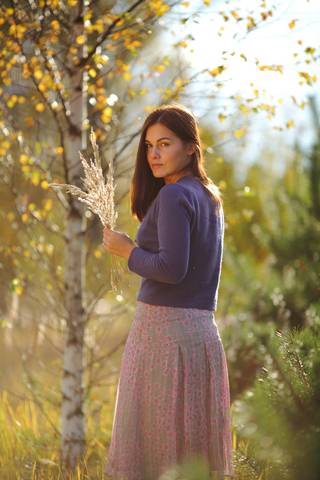No matter where you live, you have a history of people that lived and used herbal remedies and ate native foods. You can have a lot of fun rediscovering those herbs and foods. Get the whole family involved to make it even more fun. It’s not only fun, it will give you a wonderful sense of accomplishment.
The study of how early people used plants is known as ethnobotany. Years ago, before I had the wonderful world wide web, I launched a little research project on how the early peoples used herbs. I bought the book titled Ethnobotony and read it cover to cover. I was amazed to discover the many uses native people had for the plants growing wild in my area.
Where to get reliable information on herbs and foods used by indigenous people
- Your local library – Look for books under the topic ethnobotony. You can then expand your search into historical use of herbs, history of food and medicinal use of plants.
- Online – I found some amazing sites with great information here’s two of them:
http://herb.umd.umich.edu/ – Native American
http://www.cieer.org/directory.html – A directory resource
- Interviews – Talk to folks who can remember the native herbs and foods their grandmother used.
How to identify plants
Once you have done your initial research it’s time to go to step 2 which is actually go out and find the plants in your area and then positively identify them. Finding a plant may be as simple as checking your backyard or a trip into a nearby surrounding area. If you can absolutely identify the plant, fine. You’re done with this step. If you’re not sure, take a sample of your plant to someone who can identify it. That may be a botanist at a local college, the local Department of Agriculture, your grandmother/grandfather or a medicine man. If you can’t find someone to positively identify the plant, you can package and ship the plant to be identified. There is no charge for plant identification at http://herbarium.ucdavis.edu/services.html. If you follow this link, there are instructions on how to send plant material and what information to include.
Precautions
You should never use a plant unless you are certain it is correctly identified. There are a number of species that may have ugly twins. One is beneficial and the other is toxic. If you are experimenting with native foods and herbs, make sure you know how they are prepared. In my area the natives used to eat bracken fern, however, the fern must be boiled first to make it safe to eat. Oh, and by the way, bracken fern (fiddler heads), grows almost everywhere except the aridest deserts and the tundra. If you want to know how to prepare it and a little more information, I found a great article at http://honest-food.net/2011/06/24/bracken-fern-food-or-poison/.
A final word
We’ve added one more item to our list of wishes for the goddesses who come to our site. We want all of you to be beautiful, healthy and the new one, self-reliant. When you understand how to use the resources available to you in your area, this helps you become more self-reliant. What you learn you can share with your family and friends, they too become more self-reliant and that’s a wonderful thing.
Now go have fun and relax.

